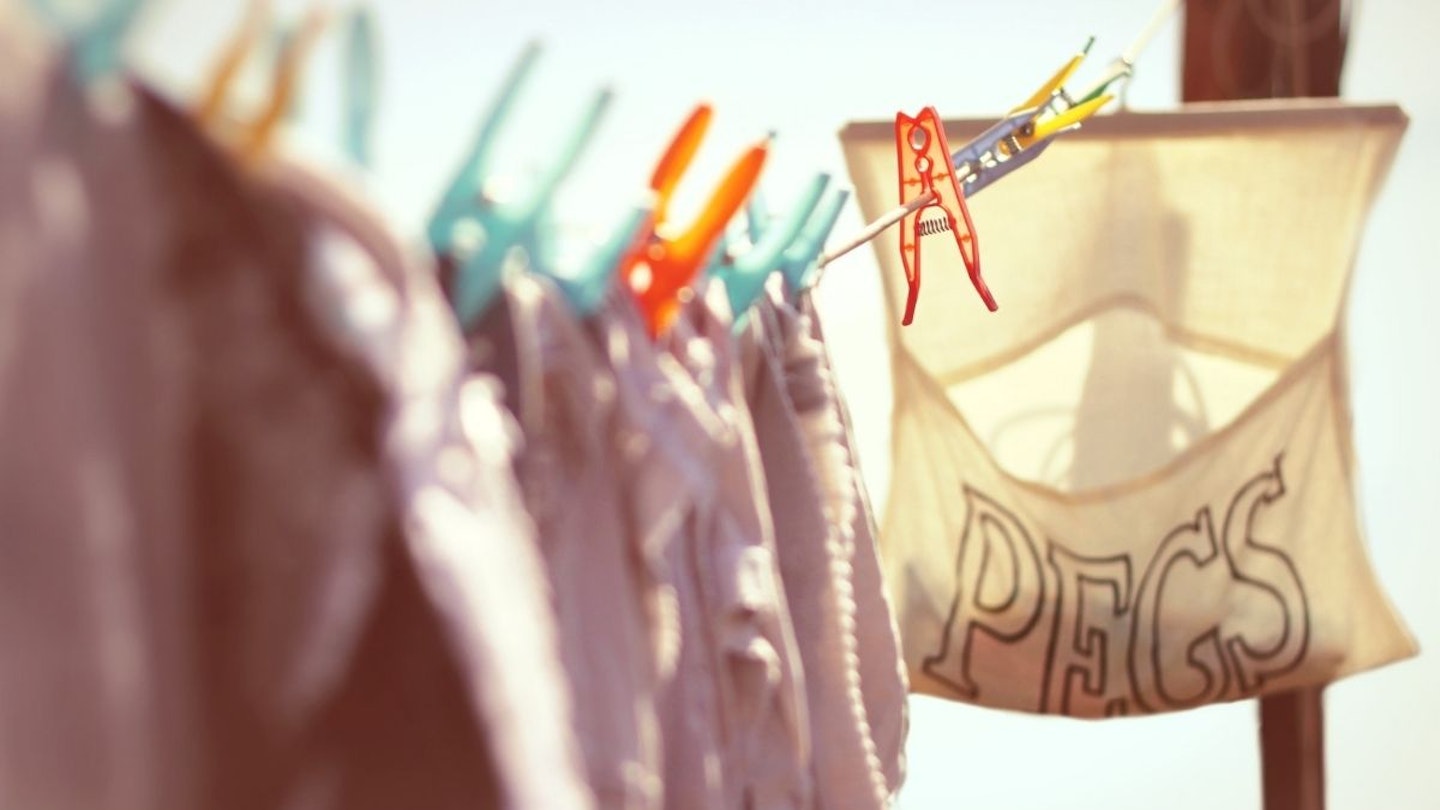Do you want to make your own peg bag, but are not sure where to start? Well, luckily for you we've found the perfect step-by-step guide to help you out.
A peg bag is perfect for keeping your pegs in one place, and easily accessible when pinning your clothes out on the line to dry.
By making your own, you can customise it yourself with a piece of gorgeous fabric, or create a zero-waste peg bag using old fabric from around the home - some people have made a peg bag out of an old pillowcase or tea towel.
Related: Sewing craft kits for adults that make being creative easy
Whether you're a beginner or a pro, here's a fantastic place to start when it comes to creating your own fabric peg bag.
We've included everything you'll need, and more!
Materials you'll need
• Outer fabric
• Contrasting fabric to line your peg bag
• Basic sewing kit (pins, needle, thread)
• Paper or wallpaper
• Scissors
• Small clothes hanger, ideally 25cm width
• Sewing machine
Instructions on how to make a peg bag
First, make your paper patterns. The piece for the back part of the bag should measure 29cm x 35cm (11in x 14in) although the width may alter here depending on your hanger – you basically want to add 4cm (1.5in) more than the hanger width.
Using your coat hanger, draw around the curved edge and cut out. Make an identical paper pattern for the front, but make it 5cm (2in) longer. Then measure 24cm (9.5in) from the bottom and cut this section into two parts.
Next, pin your paper patterns to your fabric and cut them out. You will need one of each in both fabrics.
Place each corresponding piece right side facing, pin and tack, making sure to leave a gap for turning out your fabric. Sew around on your sewing machine with a seam allowance of approx 1cm (0.4in). Snip the corners, and turn out all the pieces and hand stitch the openings closed.
With your two front pieces, fold over a hem along the edges that will make the opening of your peg bag. While it is not necessary to have a hem here, it's nice to leave topstitching along the opening. Check that the front and back of the peg bag are now the same lengths by placing your front pieces on top of the back one. Stitch the hems on your machine as close to the edge as possible.
Place the back piece face up, and lay your two front pieces, right sides down on top of this. Pin and tack in place. You don’t need to leave a gap for turning this time as you will turn it out through the peg bag opening. But, you must leave a small gap at the top of the peg bag to insert the hanger. Stitch neatly on your sewing machine with a small seam allowance of around 1cm (0.4in).
Remove tacking thread, turn out your bag, and put the hanger in place.
Then simply fill with pegs and adorn your washing line with your gorgeous creation! These also make lovely gifts, so be sure to hold on to your paper patterns to use again.
Sewing essentials
Everything you need to make your own peg bag
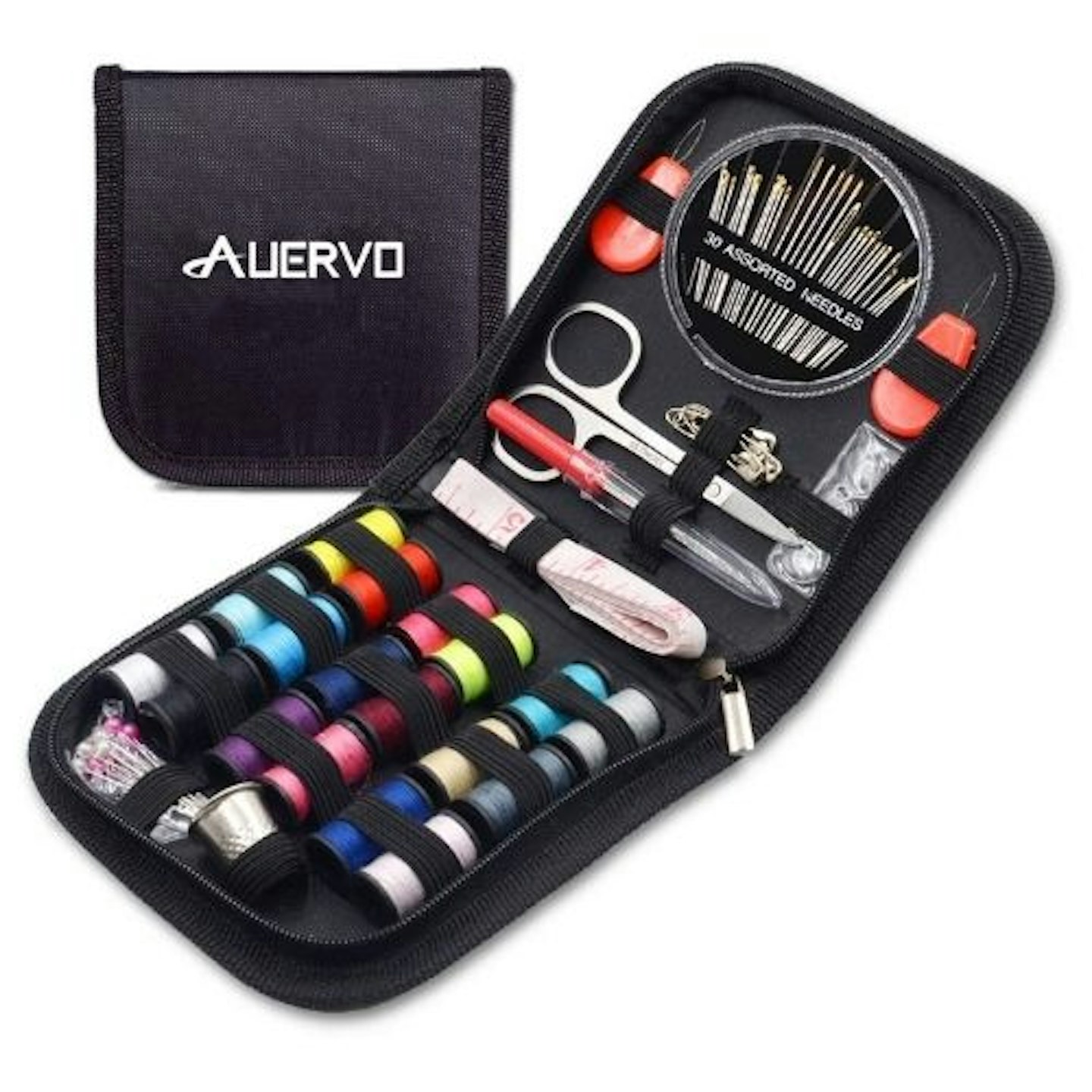 1 of 6
1 of 6Travel Sewing Kit
**Set includes:**A pair of stainless steel scissors, 30 needles, two threaders, ten colour pins, five safety pins, three white buttons, a measuring tape, a seam ripper, and 18 spools of thread.Review: "I ordered this as I needed to sew a button back on and it was cheaper than ordering just a needle and thread!"This little kit has all the tools you'd need to make a quick repair and also includes a wide range of differently coloured threads. It all comes in a sturdy and small zip-up case that holds everything inside securely in place.""I'm most surprised about the quality of the product, especially considering how little it costs. I can't recommend this enough as it's great value and quality!"
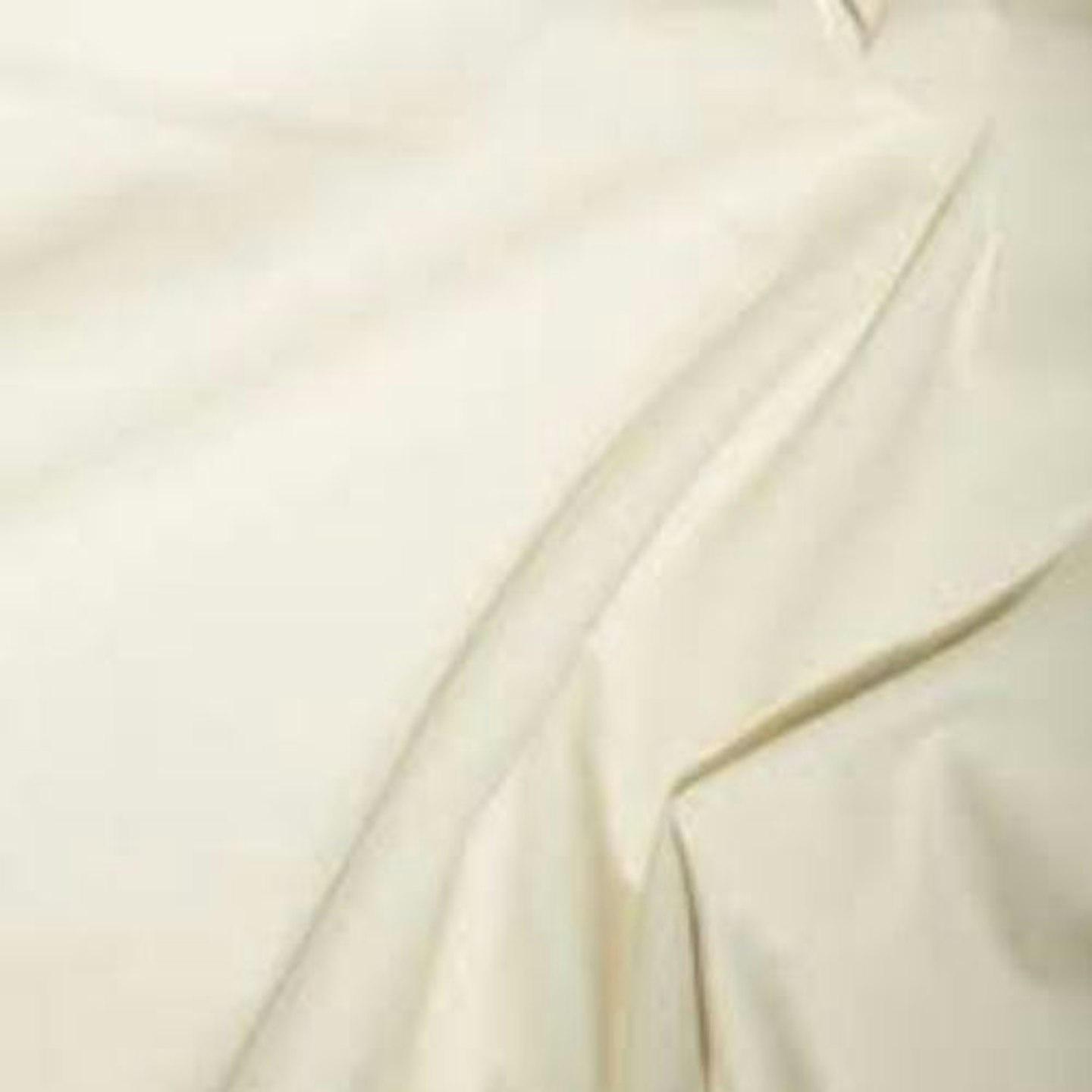 2 of 6
2 of 6Plain Coloured Polycotton Fabric Material
Review: "Lovely material and very nice to work with."
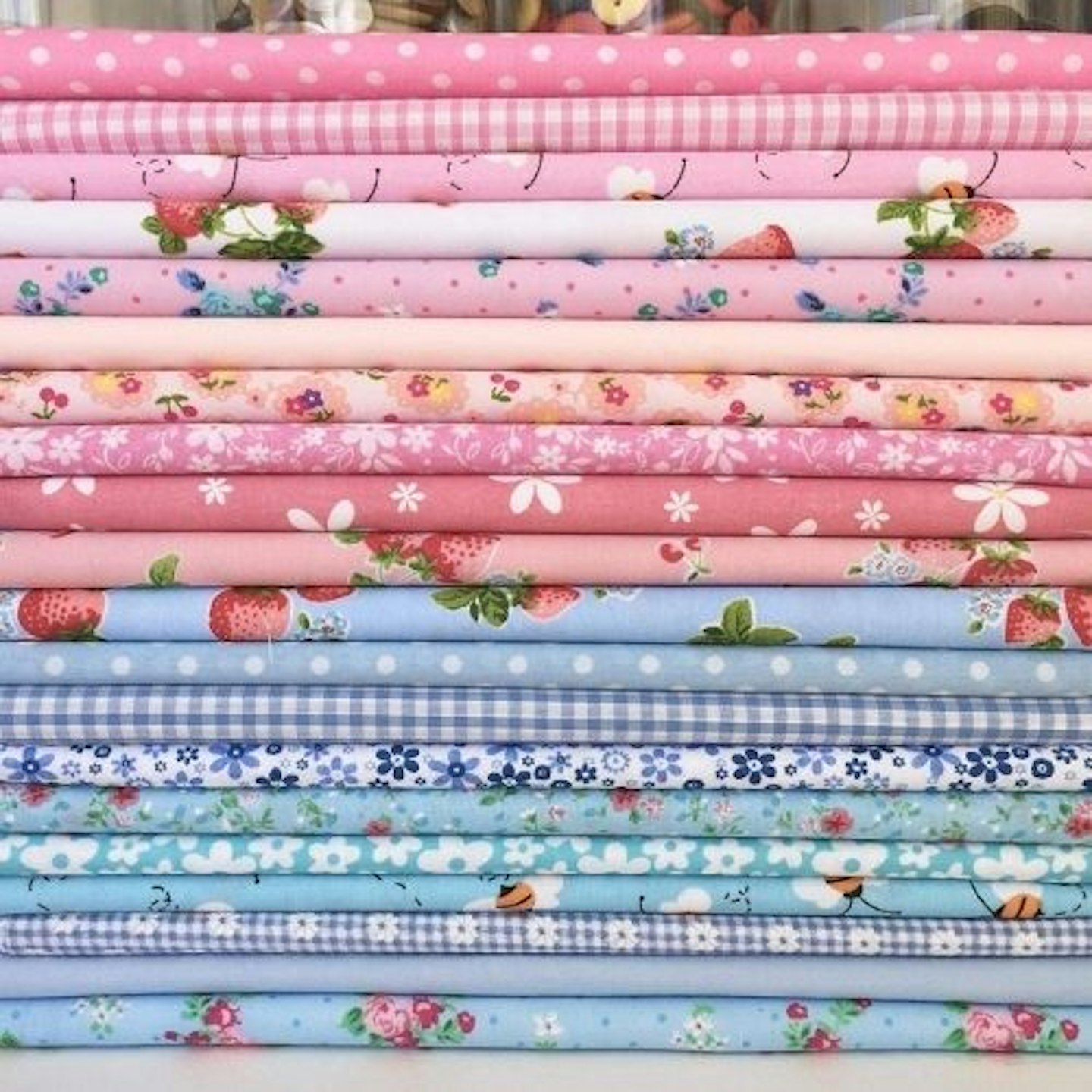 3 of 6
3 of 620 Piece Polycotton Bundle of Shabby Chic Soft Blues & Pink Fabrics
Review: "Beautiful bundle of very pretty colourful material at a good cost. Fab for quilting patchwork or anything for soft fabrics or book backing, which is popular now."
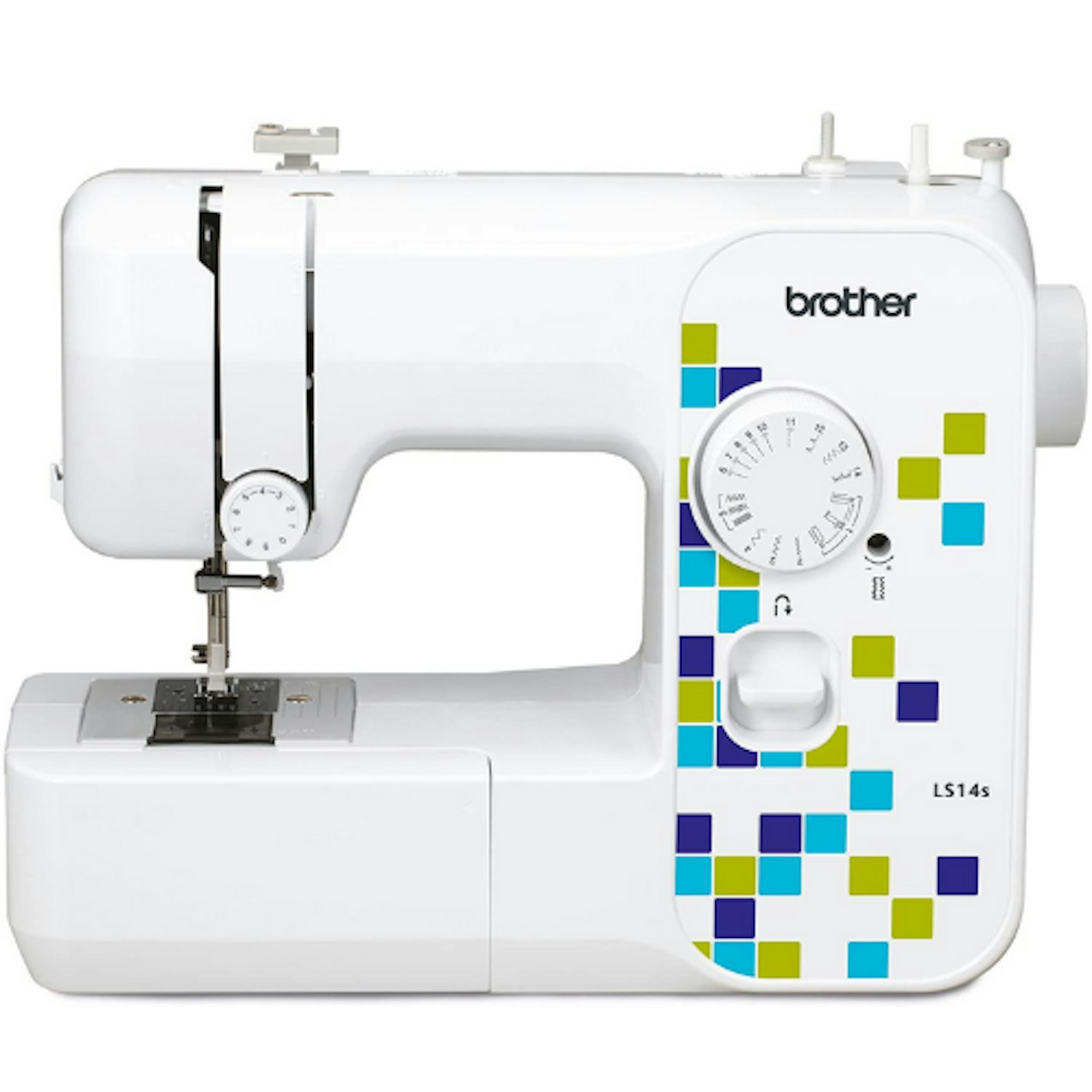 4 of 6
4 of 6Brother LS14S Metal Chassis Sewing Machine
Review: "This machine is very good value for money. I had been putting up with an old 70's Janome sewing machine for years, getting it fixed over and over again. I wish I had just forked out on a cheap machine ages ago. A bit tricky to thread the bobbin but once I had got the hang of it, it was all good. It sewed through double layers of sequined fabric no problem and I just took in a pair of pvc shorts and it coped with the thickness. AMAZING VALUE FOR MONEY!"
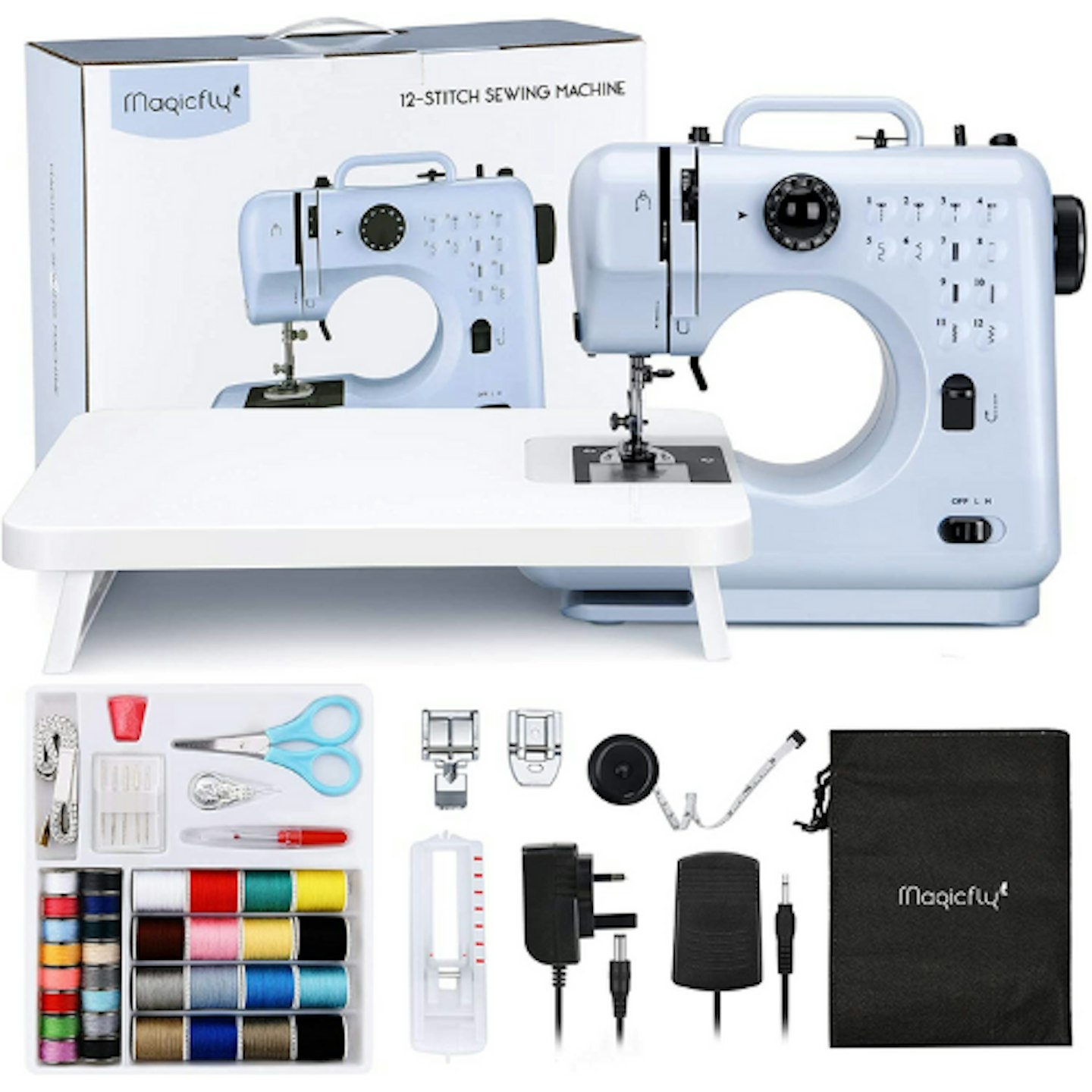 5 of 6
5 of 6Magicfly Portable Sewing Machines for Beginners
Review: "I'm new to sewing so I can't compare this to other machines but I have to say I'm very happy with this and it beats doing things by hand. The instructions to set it up were good but I also found some online tutorials to help get me started which I highly suggest for beginners. The machine seems to work great and can easily be controlled very well which is important to me as I'm still not 100 per cent confident and trying to build my skills."
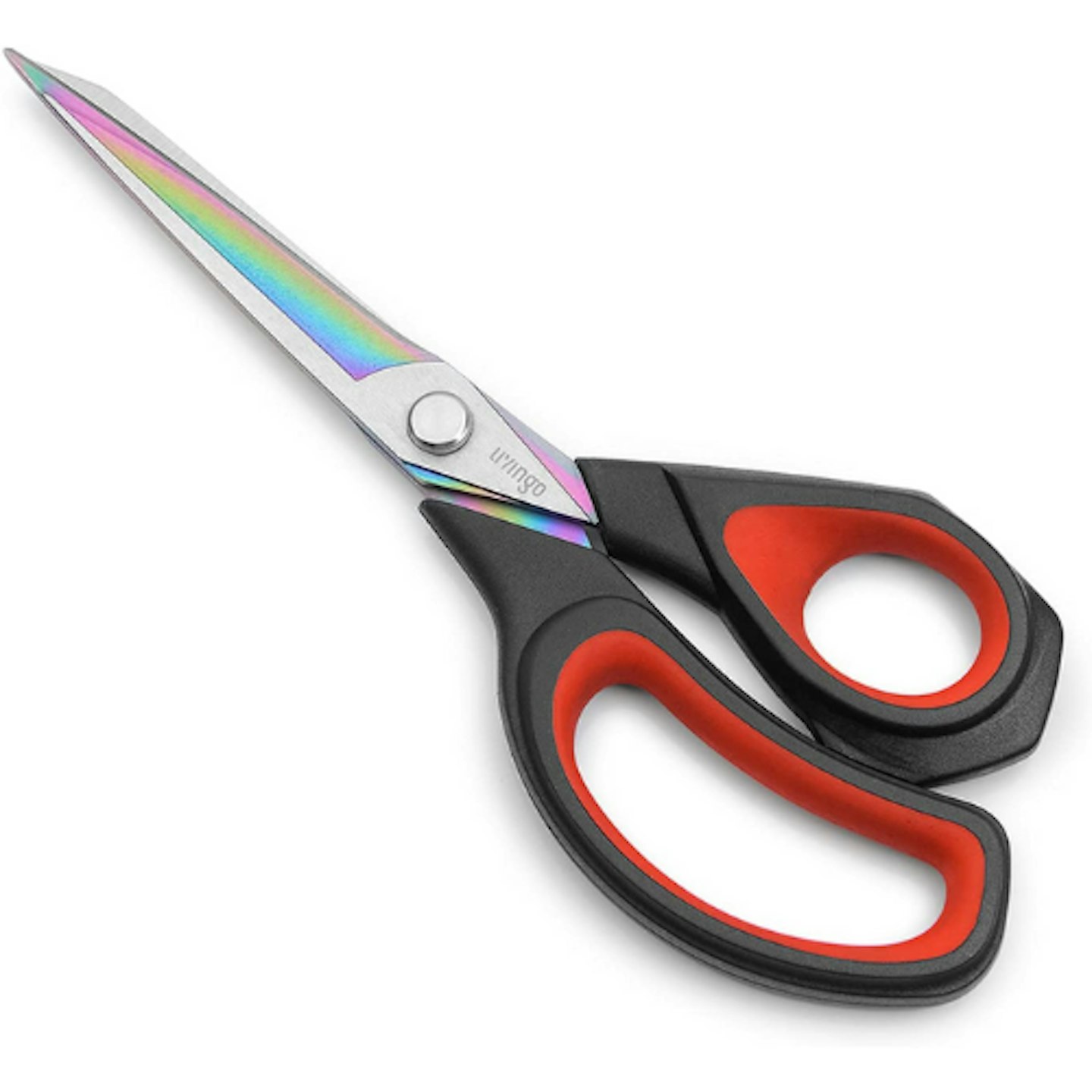 6 of 6
6 of 6LIVINGO Premium Dressmaking Scissors
Review: "These are fabulous. They are a dream to use and now spoil me for all of my other scissors that I only use when I cannot find these. They are sharp right up to the point which in many bigger style pairs of scissors tend not to do that well. I would buy these again and enjoy using them. Arrived in good time too."
If you prefer to watch how it's done and copy from there, we've included a simple video tutorial on how to make a peg bag below:
